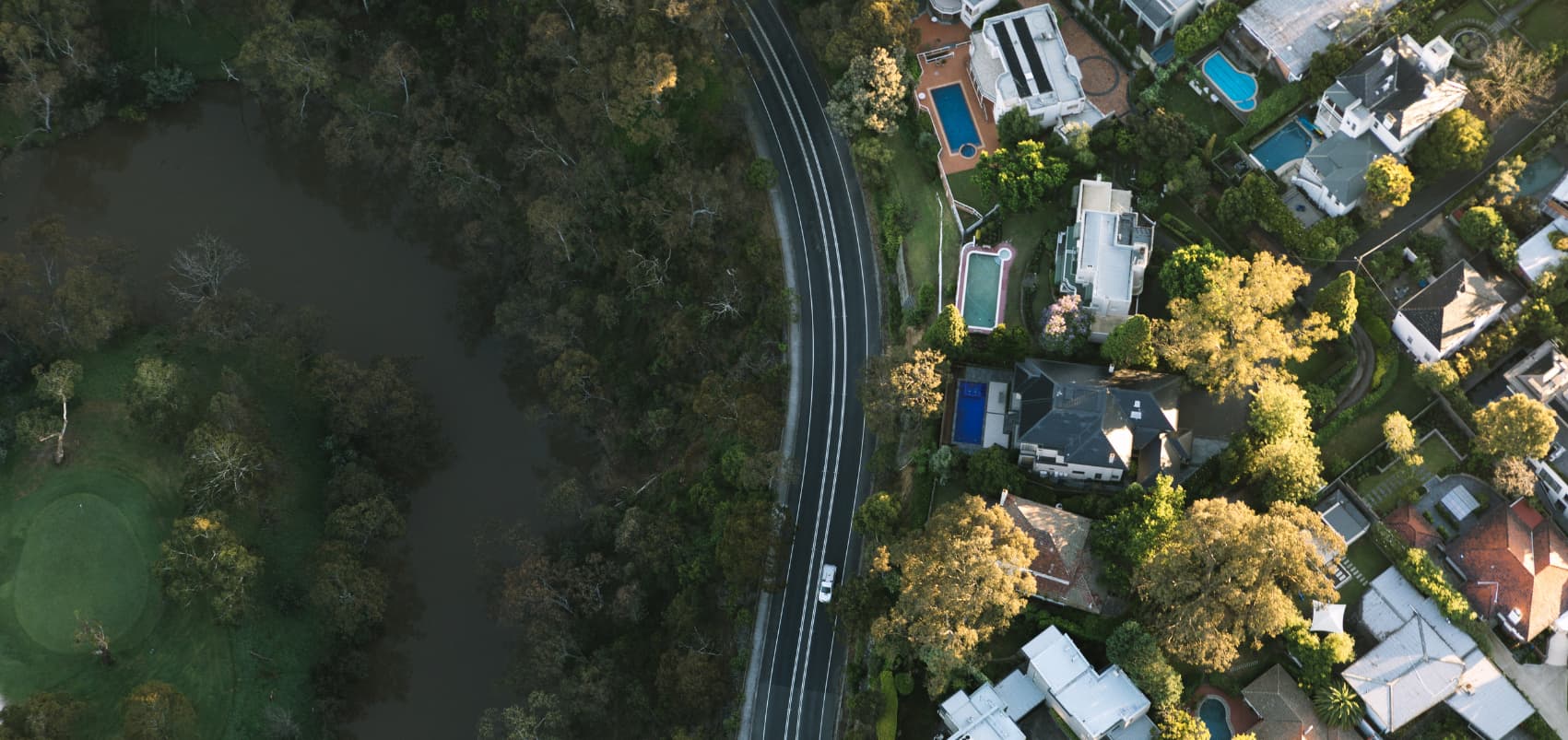Recently, I had the privilege of visiting Yass Valley, .id’s newest client. Yass Valley have subscribed to all four of .id’s online information tools, to elevate the role of decision making in their council, and provide a wealth of demographic and economic data to their community and council staff. So just what is Yass Valley’s community like?

The town of Yass sits in the rolling hills just off the Hume Highway (it used to go through the town but it was bypassed 25 years ago), about 60km north of Canberra, and 280km SW of Sydney. Many motorists now know Yass by the large service centre on the highway, frequented by cars and trucks 24 hours a day. But there is a lot more to Yass, a town of 6,300 people filled with historic buildings such as the famous court house (above).
The Local Government Area of Yass Valley includes a broad area north of the ACT, including the towns of Murrumbateman, Gundaroo, Sutton, Bowning, Bookham and Wee Jasper. In 2012 it had an estimated resident population of 15,981 and was the third-fastest growing area in NSW (fastest outside Sydney).
Yass Valley has some interesting socio-demographic characteristics, primarily due to its proximity to Canberra. More and more Canberra residents are choosing to move to Yass Valley due to the very high cost of housing in the ACT.
You can see this in the age structure of Yass Valley – compared to Regional NSW, it is dominated by families with children – much more similar to the ACT. And most of the increase in population is among parents in their 40s and young children.

This is particularly the case in Murrumbateman and the ACT Peri-urban areas, where high income families from Canberra are buying in large rural-residential estates, a half-hour drive from Civic or Belconnen.
Because of this influx, Yass Valley has one of the highest SEIFA scores in regional NSW. There is a high level of socio-economic advantage, and low disadvantage for the LGA overall (1,061), and particularly Murrumbateman, which, with a SEIFA score of 1,126, is as affluent as Mosman on Sydney’s north shore! The median household income for Yass Valley is $1,625 per week, almost double the Regional NSW average. Incomes are still a bit lower than the ACT though, indicating that people are probably moving to the area because Canberra is too expensive for them.

This relative affluence has a distinct geographic focus though, and .id has set up Yass Valley’s profile to show the spatial differences. The northern parts of the LGA, around Bookham and Bowning, and west to Wee Jasper, are largely outside of commuting distance to Canberra, and show characteristics of an ageing population and relatively lower incomes more typical of regional NSW towns. The maps in atlas.id are set up to show this very well at the local level, and those towns show SEIFA scores in the low 900s, well below the Australian average. Access to this level of detail enables officers of Yass Valley council to advocate on behalf of those communities for service delivery based on disadvantage, which would otherwise be unavailable due to the affluence of the communities on the ACT border.
Yass Valley had an net inflow of over 900 people moving in from the ACT and Queanbeyan over the 2006 to 2011 period, as well as in-migration from Sydney, though they lost population to coastal areas of NSW and Queensland as some of the older population retired out of the area, to places like Batemans Bay. They get very little migration from overseas though, with most of the population Australian born. When forecast.id is complete for Yass Valley it will look at whether we expect these trends to continue over the next 25 years.
Yass Valley also subscribes to economy.id – .id’s economic and workforce profile, and this tells an interesting story as well. Yass Valley has an local economy of only $489m p.a. Gross Regional Product, and is dominated by agriculture- very much a rural town economic profile. The other key sector though, is construction, driven by the housing boom building for ex. Canberra residents.

Yass Valley’s workforce is relatively mature, with almost 30% aged 55+, and has low levels of qualifications and low incomes.
The resident workforce however, shows very different characteristics. Unlike the self-contained economies of most regional centres, more than half of Yass Valley’s workers commute out of the area, and these have high qualification levels (26% with a bachelor degree), and high incomes. Most worked in Civic, Fyshwick or Belconnen in Canberra. Yass Valley presently has an employment capacity ratio (jobs/residents) of only 0.54, meaning that only about 1 of 2 employed residents could find work in Yass Valley if they filled all the jobs there, and this ratio has declined over 10 years. Nevertheless, about 200 people do drive from the ACT to work in Yass Valley each day (about 4,000 go the other way).
Yass Valley’s residential economy looks quite different to the local economy, with residents working in Public Administration and Professional Services.

This means that Yass Residents make an economic contribution fo $794m p.a., or nearly double the size of the Yass local economy.
Yass Valley council will be using economy.id to explore the differences between their residential and working populations, and develop strategies to attract new industry to the area. Yass Valley is very strategically located for access to Sydney and Melbourne as well as Canberra, being on the Hume Highway and rail line.
Every place in Australia is different. Yass Valley decided that the suite of all four information tools (profile.id, atlas.id, forecast.id and economy.id) would give them the best basis for evidence based decisions.
To access demographic information for other communities across Australia, visit our demographic resource centre.
















